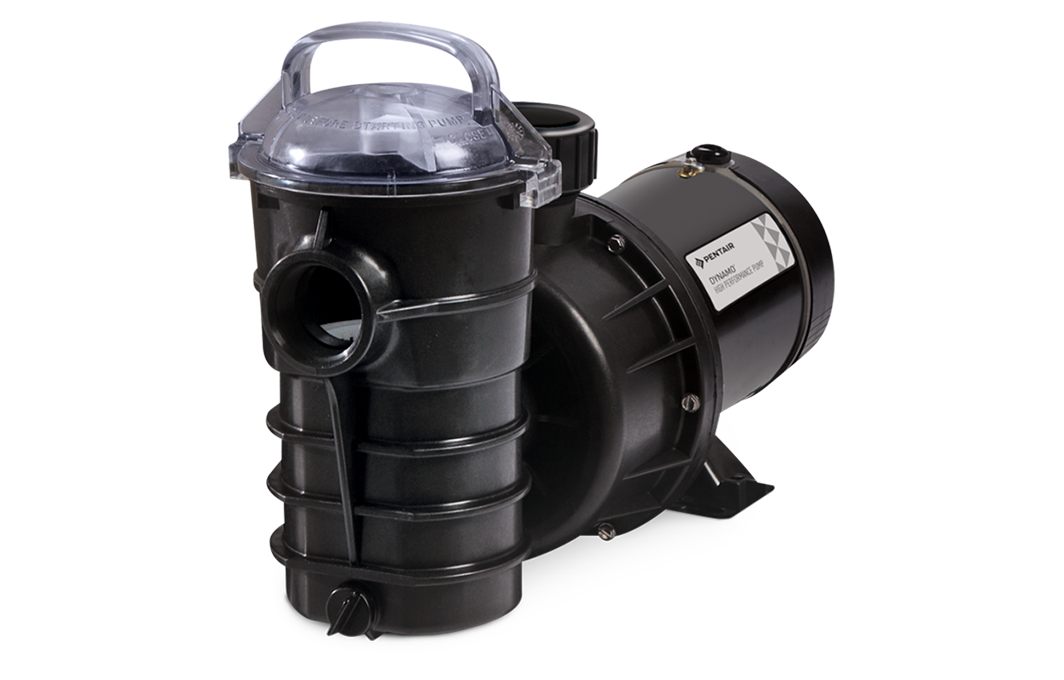When it comes to maintaining a pool, whether above ground or inground, the pump is an indispensable component of its ecosystem. It circulates water, filters out debris, and helps maintain the desired chemical balance. But what if you’re in a dilemma? Can I use an above ground pump for my inground pool? This question brings forth a tantalizing challenge that not only involves plumbing but also requires a thorough understanding of pump specifications, functionalities, and the unique requirements of your pool.
Let’s dive a little deeper into the workings of above ground and inground pools. Above ground pools are typically framed structures built above the earth, often made of metal, resin, or polymer walls. They are generally more straightforward and less expensive to install and maintain. In contrast, inground pools require excavation, offering a more permanent solution often made from materials like concrete, vinyl, or fiberglass. Due to these differences, the specifications and requirements for pumps can vary greatly.
Most importantly, above ground pumps are explicitly designed to handle the water volume and pressure fluctuations associated with above ground pools. They are typically less powerful than inground pumps which feature enhanced capacities tailored to deal with the greater water volume and depth of an inground pool. So, before leaping into your decision, consider: can an above ground pump effectively meet the demand of an inground pool?
One of the primary factors to weigh is the flow rate. Above ground pumps usually have lower horsepower ratings, often below 1 HP. This capacity can be insufficient for the vast volume of an inground pool, particularly if it requires high turnover rates to ensure optimal cleanliness and chemical distribution. Inground pools may necessitate pumps that are often between 1.5 HP to 3 HP depending on their size. Using an undersized pump could lead to inadequate water circulation, which could have repercussions on water clarity and sanitation.
Another critical aspect of pump compatibility is the plumbing setup. Above ground pumps are generally designed for different plumbing configurations and inlet/outlet diameters compared to inground pools. Moreover, the height differential, commonly referred to as ‘head height,’ plays a pivotal role. Inground pools often have a greater distance between the pump and the water source, thereby increasing the resistance and requiring pumps that can create enough pressure to overcome this head height.
But wait—the question isn’t merely technical; it also touches on efficiency and cost implications. Utilizing an above ground pump for your inground pool might save you a bit of money upfront. However, the potential long-term costs may outweigh those initial savings. Underperformance can lead to cloudy water, algae growth, and ultimately, higher expenses in terms of shock treatments, chemicals, and filter cleans. Investing in the right pump from the get-go might save you in the long run.
Another consideration to ponder is the longevity and durability of the pump. Above ground pumps are not contrived to withstand the same conditions as inground pumps, which are more robust and often built to last against varying environmental challenges. An above ground pump may be more vulnerable to wear and tear, particularly because it’s working beyond its designed parameters, thus potentially leading to premature failures or replacements—a gastly inconvenience when you already have a pool to maintain.
So, what’s the final verdict? In essence, while it is feasible to utilize an above ground pump for an inground pool, proceeding with this choice requires careful deliberation. If you do choose to venture down this path, ensure that your pool is smaller in size and that the pace of water is manageable within the pump’s capabilities. Assess all variables including plumbing, flow rates, and potential long-term consequences.
If you’re exceptionally keen on utilizing a pump you already possess, consider hybrid strategies. Perhaps you can incorporate the above ground pump for additional features in the pool system, perhaps for a spa or waterfall enhancement that won’t demand as much vigor as the entire pool circulation. This could showcase the versatility of your existing equipment without compromising on the primary functions necessary for water quality in your inground pool.
At the end of the day, the decision to use an above ground pump for an inground pool should be thoroughly vetted with an understanding of both the operational requirements and the long-term goals of pool ownership. Embrace the process, conduct diligent research, and consult with pool professionals. Make your pool the oasis of relaxation and fun it is meant to be!
